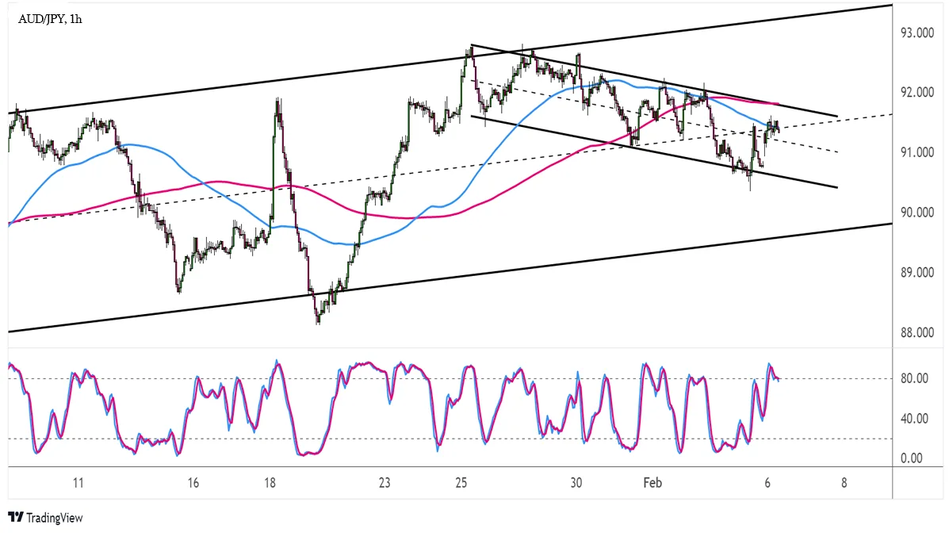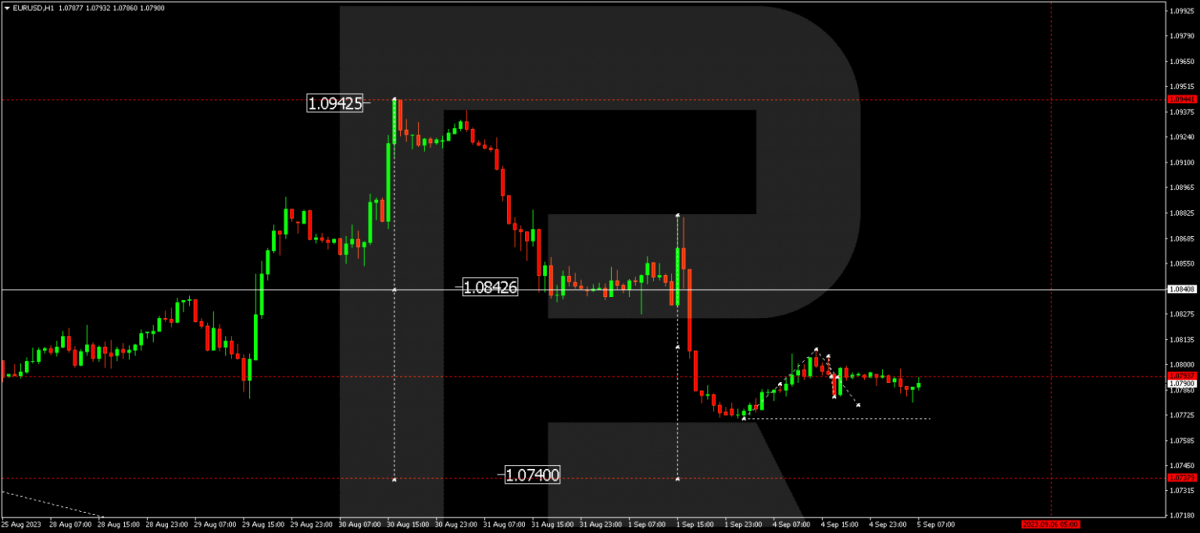How does carry trade work in forex trading?
At its core, the carry trade involves borrowing in a currency with a low interest rate, subsequently investing the proceeds in a currency offering a higher interest rate. The aim? To profit from the interest rate differential, or "carry," between the two currencies. While this may sound straightforward, the intricacies and risks involved make it imperative for forex traders to thoroughly comprehend the mechanics and nuances of carry trade strategies.
Understanding the intricacies of the carry trade is vital for forex traders for several compelling reasons. Firstly, it presents an additional avenue for diversification within one's trading portfolio. Secondly, it enables traders to capitalize on interest rate differentials while simultaneously speculating on exchange rate movements. Lastly, in a world where volatility is ever-present, a well-executed carry trade can generate consistent income, even in turbulent market conditions.
What is carry trade?
The carry trade, a fundamental strategy in forex trading, is rooted in interest rate differentials. In its simplest form, it can be defined as a financial manoeuvre where traders borrow funds in a currency with a low-interest rate, subsequently investing those funds in a currency offering a higher interest rate. The objective here is twofold: to capture the interest rate differential, commonly called the "carry," and potentially profit from exchange rate fluctuations.
The origins of the carry trade can be traced back to the early days of currency markets. It gained prominence as financial markets globalized, enabling traders to access currencies and interest rates. Over time, the carry trade has evolved and adapted to changing market conditions, but its core principle remains steadfast.
At the heart of the carry trade strategy lie interest rate differentials between two currencies. These differentials form the basis for traders' decisions to borrow in one currency and invest in another. Put, the carry trade exploits the variation in interest rates set by central banks worldwide. Traders seek to maximize returns by identifying currency pairs where the interest rate spread is most favourable.
The fundamental principle of carry trade can be summed up succinctly: borrow in a low-interest-rate currency to invest in a high-interest-rate currency. By doing so, traders aim to earn the difference between the interest paid on their borrowing and the interest earned on their investments, pocketing the "carry" as profit.
Mechanics of carry trade
Carry trade execution involves a methodical approach, encompassing several key steps that traders must master for success:
- Selecting a currency pair
The first crucial decision in the carry trade process is selecting the right currency pair. Traders typically look for currency pairs with a substantial interest rate differential. For instance, a trader might consider borrowing Japanese Yen (JPY) with its historically low-interest rates and investing in Australian Dollars (AUD), offering higher interest rates.
- Borrowing the low-interest-rate currency
Once the currency pair is chosen, the trader borrows the low-interest-rate currency. This borrowing typically occurs through a forex broker and involves paying the interest on the borrowed amount, often called the "cost of carry." In our example, the trader borrows JPY.
- Investing in the high-interest-rate currency
With funds in hand, the trader invests in the high-interest-rate currency. In this case, the trader would invest in AUD. The goal is to earn interest on the invested funds that exceed the cost of borrowing.
- Monitoring and managing the trade
Vigilance is key in the carry trade. Traders must closely monitor interest rates, economic indicators, and market conditions. Exchange rate movements can also impact trade, so risk management strategies are crucial. Traders may set stop-loss orders to limit potential losses and take profit orders to lock in gains.
Real-world example: JPY/AUD carry trade
Suppose a trader initiates a JPY/AUD carry trade in 2023. They borrow 1 million JPY at a 0.25% interest rate and invest it in AUD, earning 2.00% in annual interest. The interest rate differential (carry) is 1.75%. If exchange rates remain relatively stable, the trader can earn 1.75% on their JPY investment while paying only 0.25% in interest, resulting in a net profit of 1.50%.
This real-world example illustrates how to carry trade mechanics work in practice, with traders potentially profiting from interest rate disparities between currencies. However, it's essential to recognize that market dynamics can change, introducing risks that traders must carefully manage.

Factors influencing carry trade
While the carry trade can be a lucrative strategy, its success hinges on various factors, all of which demand careful consideration by traders. Here, we delve into the primary determinants that influence the outcome of a carry trade.
A substantial interest rate gap between the borrowed and invested currencies is essential for generating profit. Traders aim to capture the interest rate spread, known as the "carry," as their earnings. The wider the differential, the greater the potential profit. However, it's crucial to remain attentive to central bank decisions and economic data releases that may impact interest rates.
Currency stability plays a pivotal role in carry trade success. Sudden and significant exchange rate fluctuations can erode gains or trigger losses, even in favourable interest rate differentials. Traders must assess the currency pair's historical volatility and employ risk management strategies to mitigate currency risk.
Economic and geopolitical events can disrupt carry trades. Unforeseen events such as central bank policy changes, political instability, or economic crises can lead to sharp currency movements. Traders need to stay informed and adapt their strategies accordingly, as these events can swiftly alter market dynamics.
To successfully navigate the intricate world of carry trading, thorough research and analysis are paramount. Traders should diligently research interest rate trends, economic indicators, and political developments. A comprehensive understanding of the selected currency pair and its historical behaviour is also essential. Carrying out due diligence and staying informed are pivotal in managing risks and maximizing returns in the carry trade strategy.
Risks and challenges
While the carry trade strategy can offer attractive rewards, it is not without its share of risks and challenges. Traders must be aware of these potential pitfalls and employ adequate risk management strategies to protect their investments.
- Exchange rate fluctuations
One of the most significant risks associated with carry trades is exchange rate fluctuations. Currencies are subject to constant price movements influenced by many factors, including economic data releases, geopolitical events, and market sentiment. Unpredictable currency movements can result in losses, potentially offsetting interest rate differentials.
- Interest rate changes
Interest rate changes can disrupt carry trade strategies. Central banks can adjust rates unexpectedly, impacting the interest rate differentials that traders rely on. A decrease in the interest rate spread can reduce potential profits or turn a profitable trade into a loss. Therefore, traders must stay updated on central bank announcements and economic indicators.
- Liquidity risks
Liquidity risk is another concern for carry traders. Some currency pairs may have lower liquidity, making it challenging to execute large trades without significantly impacting the exchange rate. Illiquidity can lead to slippage and difficulties exiting positions at desired prices, potentially increasing trading costs.
Mitigating risks
Diversification: Spread risk across multiple currency pairs to reduce exposure to a single currency's fluctuations.
Setting stop-loss orders: Implement stop-loss orders to limit potential losses in case of adverse price movements.
Regular monitoring: Stay informed about economic events, interest rate changes, and geopolitical developments to adjust strategies as needed.
Hedging: Use hedging strategies like options or forward contracts to protect against adverse exchange rate movements.
Position sizing: Control the size of positions relative to account size to manage risk effectively.
By recognizing and addressing these risks and challenges, forex traders can enhance their ability to execute carry trade strategies successfully while safeguarding their capital.

Benefits of carry trade
For forex traders seeking to expand their repertoire, the carry trade strategy offers a host of potential rewards.
- Earning interest differentials
At the core of the carry trade strategy lies the allure of earning interest differentials, often referred to as the "carry." By borrowing funds in a low-interest-rate currency and investing them in a high-interest-rate currency, traders can potentially pocket the difference in interest rates as profit. This steady income stream can be an attractive proposition in a world where other investment opportunities may offer lower returns.
- Diversifying trading strategies
Diversification is a fundamental principle in risk management, and carry trading provides a unique avenue for achieving it. By incorporating carry trades into their portfolios, traders can diversify their trading strategies. This diversification helps spread risk and can counterbalance other trading approaches, such as technical or fundamental analysis.
Conclusion
In conclusion, the carry trade strategy in forex trading represents a compelling opportunity for traders to harness interest rate differentials and potentially generate steady income. As we wrap up our exploration of this strategy, here are the key takeaways to remember:
Carry trade involves borrowing in a low-interest-rate currency to invest in a high-interest-rate currency, aiming to profit from the interest rate differential or "carry."
Traders select currency pairs, borrow the low-interest-rate currency, invest in the high-interest-rate currency, and carefully monitor and manage the trade.
Interest rate differentials, currency stability, and economic/geopolitical events are critical factors influencing the success of carry trades.
Exchange rate fluctuations, interest rate changes, and liquidity risks are potential pitfalls that traders must mitigate through prudent risk management.
The allure of earning interest differentials, diversifying trading strategies, and achieving steady returns attracts traders to carry trade strategies.
However, it's essential to approach carry trade with caution and knowledge. While the potential rewards are enticing, the risks are real. Traders should thoroughly research, stay informed, and employ effective risk management strategies. Carry trade is not a guaranteed pathway to profit, and success requires a deep understanding of market dynamics, discipline, and adaptability.
As with any trading strategy, the journey through carry trade should be marked by a commitment to continuous learning and a readiness to adapt to evolving market conditions. By doing so, traders can navigate the intricacies of carry trade with confidence and skill.


